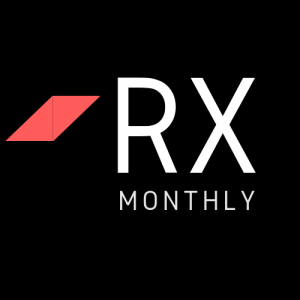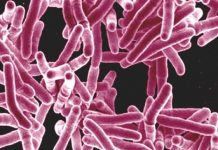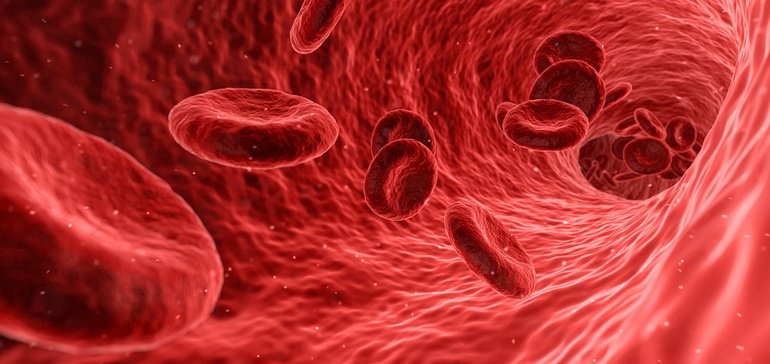In gene therapy, where dramatic results in deadly diseases can hasten clinical testing, studies tend to be smaller, with greater significance put on each patient.
Sangamo’s trial of its hemophilia candidate, called SB-525, is no exception. Interim results presented Saturday contain data from just 10 patients, only four of whom received the highest studied and most efficacious dose.
The disclosure is an update from April, when Sangamo first unveiled results for SB-525, and suggests the encouraging responses seen then can be replicated.
Since April, the two patients originally given the highest dose of SB-525 have now been tracked for 19 and 24 weeks, respectively, with Factor VIII activity maintained at normal levels.
The two newly enrolled patients, meanwhile, have shown increased Factor VIII levels, with one of the two surpassing the threshold for what’s considered normal seven weeks after treatment. The other patient has reached levels sufficient to be classified as mild hemophilic.
Company CEO Sandy Macrae said that trial participant appears to be tracking similarly to the first newly enrolled patient, but will need additional follow-up data to be certain.
None of the four have experienced any bleeding episodes after three weeks post-treatment and have — but for one instance of prophylactic use — stopped using factor replacement treatment.
One patient on the high dose experienced low blood pressure and fever six hours after receiving SB-525. While both side effects resolved with treatment, the response was judged to be related to treatment. None of the other three experienced low blood pressure.
In written responses to question from BioPharma Dive, Macrae highlighted the quick responses seen to Sangamo’s gene therapy as a potential point of differentiation from rival hemophilia gene therapies. By contrast, Phase 2 data from BioMarin’s competing product showed mean factor activity level steadily increased after treatment, reaching normal levels by about the four month mark.
Patients receiving a lower dose of Sangamo’s therapy haven’t fared as well. Five of those six patients have had multiple bleeding episodes since treatment, and showed much lower factor activity than those on the high dose.
But the higher dose appears to be key, as the data suggest it’s likely to be the focus of a pivotal study. Through a 2017 R&D deal, Pfizer will lead further trials of SB-525, for which it has begun preparing. Macrae said regulatory interactions are underway and Sangamo has begun the tech transfer for the manufacturing processes to Pfizer.
Sangamo intends to complete the Phase 1/2 study by enrolling one additional patient in the high dose expansion group, Macrae said.
While interim results may validate Sangamo’s drug as a competitor, BioMarin remains well ahead. The rival biotech is eyeing a potential U.S. regulatory approval for its product by the end of 2020. Sangamo, meanwhile, still hasn’t disclosed a timeline for when a Phase 3 study would begin.
BioMarin also has much longer follow-up data. In its Phase 2 study, six patients on the high dose now have data out through three years.
But those results showed Factor VIII activity decreased by more than half from peak levels over that time, leading to some concern over the long-term durability of BioMarin’s therapy.
Even with those declines, the biotech has said it’s confident that Factor VIII activity will hold up for multiple years and make patients less prone to bleeding events. An ongoing Phase 3 study aims to enroll 130 patients, and BioMarin disclosed interim data from 16 earlier this year.
BioMarin’s R&D head Henry Fuchs, speaking last month at conference held by an investment bank, said Sangamo is basically where BioMarin was three years ago.
The executive added that an early regulatory OK for BioMarin’s therapy could lead to a market advantage by closing out the possibility of accelerated approval for competitors.
“Honestly, my hope is that having converted to full approval, that that becomes a barrier to entry in the sense of they’ll have — the accelerated approval won’t be available in that context,” Fuchs said, according to a transcript of the call. “And therefore, they’ll have to do a larger and longer study to get on the market.”
Spark, meanwhile, has moved forward with a dose that is significantly lower than its competitors and has faced safety problems that caused the company’s stock to drop last August. Sangamo’s high dose is fifteen times as large as Spark’s.
Earlier this year, Spark stated it would give a clinical update on its gene therapy in mid-2019. Until then, the latest Sangamo results suggest it could face a new rival.








